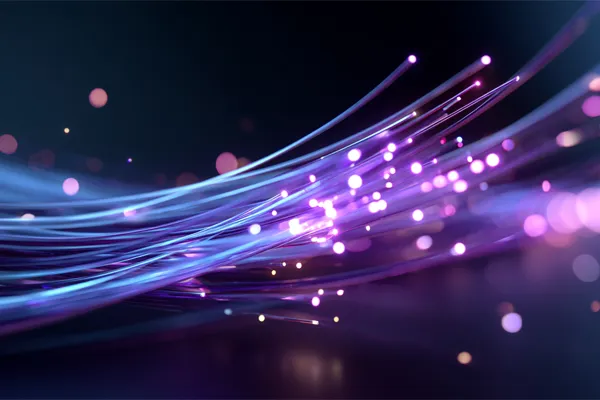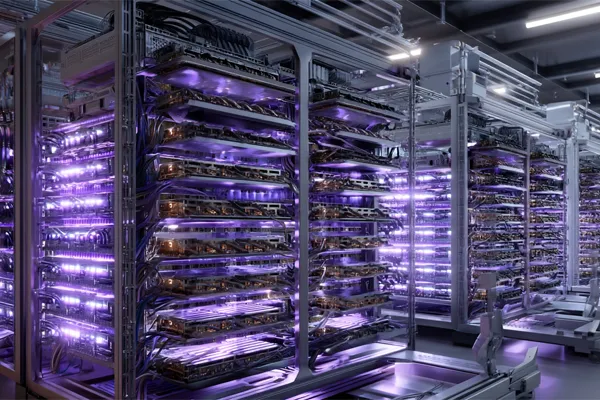From both technical and economic perspectives, the ability to provide potentially unlimited transmission capacity is the most obvious advantage of DWDM technology. The current investment in fiber plant can not only be preserved, but optimized by a factor of at least 32. As demands change, more capacity can be added, either by simple equipment upgrades… Continue reading Why DWDM?
Why DWDM?











